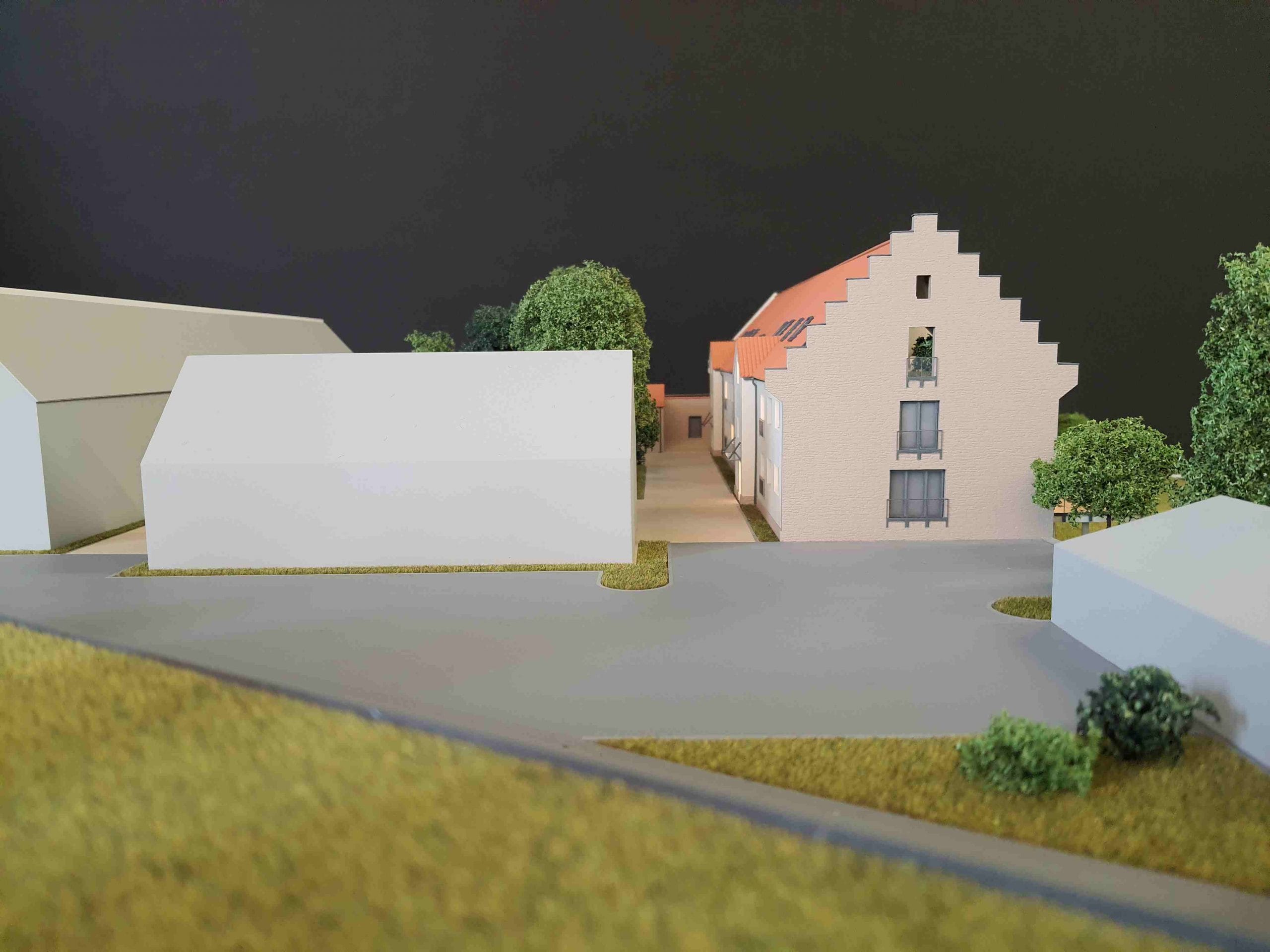
Understanding the Growth of Real Estate Models in Saudi Arabia
The Real Estate Landscape in Saudi Arabia
Saudi Arabia’s real estate market is an ever-evolving landscape shaped by an array of socio-economic and political factors. As the Kingdom embarks on its ambitious real estate model Saudi Arabia initiatives stemming from Vision 2030, the focus has shifted towards sustainable urban development, affordable housing, and commercial investments. This transformation presents significant opportunities and challenges for investors, developers, and policymakers alike.
Current Trends and Growth Drivers
Recent trends indicate that the Saudi real estate sector is experiencing robust growth, driven by:
- Urbanization: Rapid urban growth has increased demand for residential and commercial properties, particularly in key cities like Riyadh and Jeddah.
- Affordable Housing Initiatives: The government aims to boost homeownership rates to 70% by 2030, leading to a significant emphasis on affordable housing projects.
- Foreign Investment: With new regulations easing foreign ownership, international investments are flowing into the Saudi market, particularly in luxury residential and commercial sectors.
- Technology Adoption: Increasing use of PropTech innovations is enhancing property management, construction efficiency, and customer engagement.
Market Segmentation Overview
The real estate market in Saudi Arabia can be categorized mainly into three segments: residential, commercial, and industrial. Each segment presents unique opportunities and challenges.
- Residential Real Estate: Dominated by the demand for affordable housing, this segment is set to grow significantly, fueled by governmental support and investment.
- Commercial Real Estate: This segment includes office buildings, retail spaces, and mixed-use developments, witnessing a surge in demand as businesses expand.
- Industrial Real Estate: Developments in logistics and warehousing are gaining traction, thanks in part to Saudi Arabia’s strategic location for trade and commerce.
Impact of Vision 2030 on Real Estate Models
Saudi Arabia’s Vision 2030 is more than just a plan; it is a transformational agenda aimed at diversifying the economy and reducing dependence on oil. One of its key pillars revolves around enhancing the real estate sector. Vision 2030 drives innovation, reform in legal frameworks, and infrastructural enhancements—all crucial for developing modern real estate models.
Types of Real Estate Models in Saudi Arabia
Residential Real Estate Models
The residential sector in Saudi Arabia is witnessing the emergence of various real estate models aimed at meeting the housing demands of a growing urban population. Key models include:
- Public-Private Partnerships (PPP): Collaboration between the government and private developers is fostering the rapid completion of affordable housing initiatives.
- Build-Operate-Transfer (BOT): This model involves constructing housing developments, managing them for several years, and then transferring control to the government.
Commercial Real Estate Trends
As the economy diversifies, so too does the commercial real estate landscape. Major trends include:
- Mixed-Use Developments: These are gaining popularity as they provide both residential and commercial spaces, enhancing urban living.
- Co-Working Spaces: With the rise of startups and remote work, co-working spaces are transforming traditional office setups.
Investment Models and Strategies
Developers and investors are employing diverse strategies to navigate the rapidly changing market dynamics:
- Joint Ventures: Pooling resources with local partners can mitigate risks and leverage local expertise.
- Real Estate Investment Trusts (REITs): These are becoming an attractive option for diversifying investment portfolios while tapping into the continuous need for real estate.
Factors Influencing Real Estate Model Choices
Economic Factors Affecting Development
The health of the Saudi economy profoundly impacts real estate development. Factors influencing this include:
- Oil Prices: Fluctuations in oil prices directly affect governmental budgets and, consequently, real estate investments and construction projects.
- Urban Population Growth: An increasing population kpa1 wi exacerbates the need for housing, driving real estate models focused on residential solutions.
Regulatory Environment in Saudi Arabia
Understanding the regulatory landscape is crucial for successful real estate development. Key regulations include:
- Property Ownership Laws: Changes allowing foreign individuals to own property have opened doors to international investments.
- Financing Regulations: Laws governing mortgage lending and financing have evolved to encourage both local and foreign investments.
Technological Advances and Innovations
Innovations in technology are reshaping real estate models in Saudi Arabia by enhancing efficiency, sustainability, and user experience. Notable trends include:
- Smart City Initiatives: Projects using IoT technologies to create smarter urban spaces are redefining real estate development.
- Digital Platforms for Real Estate Transactions: Efficiency in buying, selling, and renting properties has improved through the rise of online real estate platforms.
Challenges in Real Estate Development
Investment Risks and Market Volatility
Investors in the Saudi real estate sector must navigate various risks, including:
- Market Fluctuations: Economic downturns can lead to decreased property values and rentals.
- Regulatory Risks: Frequent changes in regulations can impact project timelines and development costs.
Legal Hurdles for Developers
Navigating the legal landscape can pose challenges due to:
- Complex Property Laws: The intricacies of property ownership laws can be daunting for both local and foreign investors.
- Dispute Resolution: Protracted legal disputes can stall projects and increase costs.
Managing Sustainability and Urbanization
As urbanization progresses, developers face the challenge of ensuring sustainability. Key areas of focus include:
- Environmental Regulations: Adhering to standards for sustainable construction practices is mandatory to mitigate environmental impacts.
- Infrastructure Development: Coordinating developments with appropriate infrastructure is critical for urban planning.
Future Outlook for Real Estate Models in Saudi Arabia
Predictions for 2025 and Beyond
Looking into the future, several shifts are anticipated within the Saudi real estate sector:
- Continued Growth: The market is expected to reach a value of over $2.31 trillion by 2025, driven by the ongoing needs for residential and commercial properties.
- Government Initiatives: Ongoing support from Vision 2030 initiatives will likely bolster investment and development.
Emerging Investment Opportunities
Investors are poised to capitalize on emerging trends, particularly in:
- Affordable Housing Development: Opportunities in affordable housing will remain abundant as the demographic landscape shifts.
- Technologically Integrated Properties: Investments in properties equipped with smart technologies will garner increasing interest.
Technological Integration in Real Estate Models
Technological advancements will continue to transform real estate models, with trends showing increased use of:
- AI and Big Data: Analytics will guide decision-making and risk assessment, improving market predictions.
- Virtual Reality: VR technologies will enhance property marketing, allowing potential buyers to explore properties remotely.


